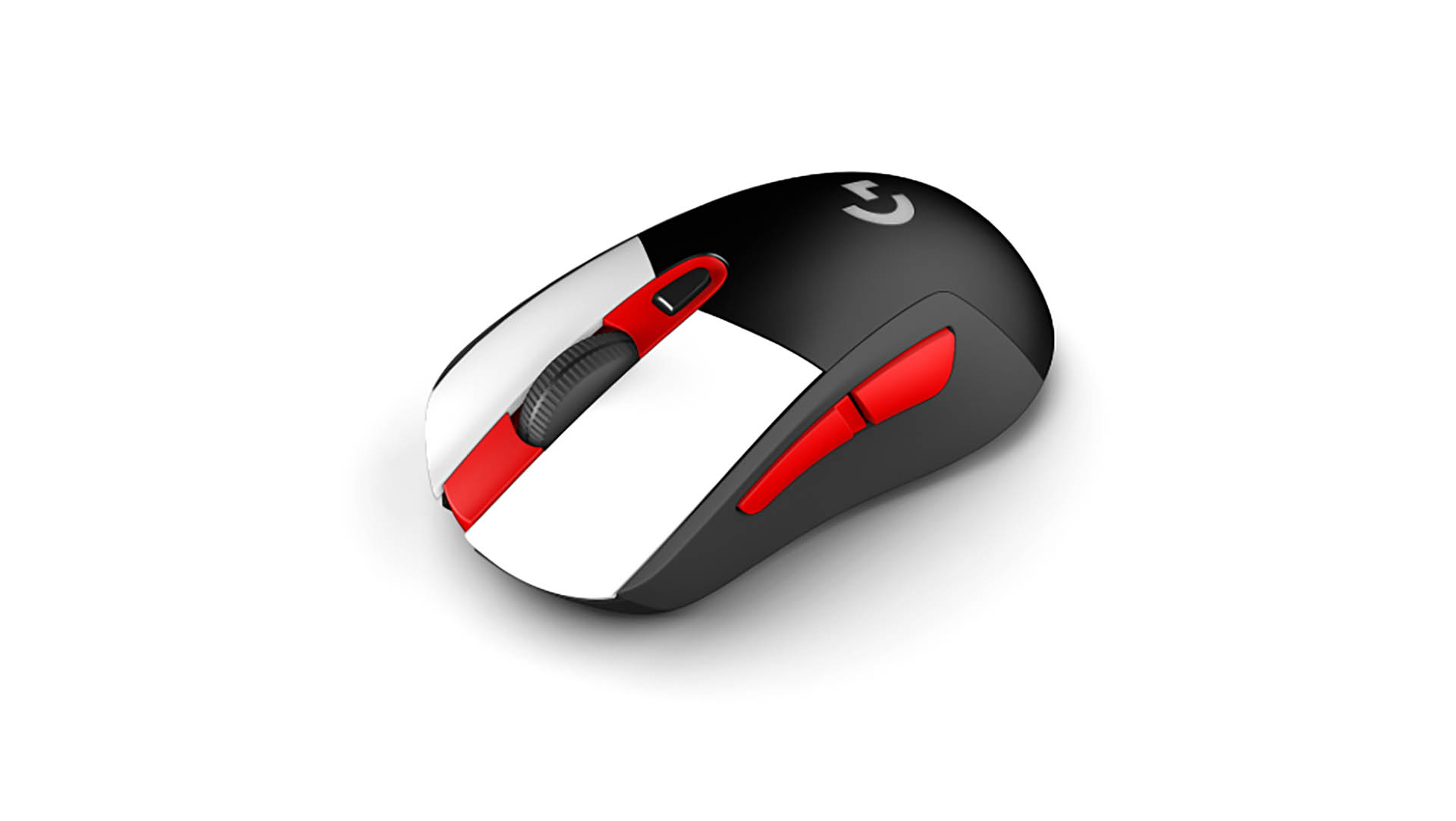Alienware built a gigantic 16-foot mechanical keyboard and mouse then convinced a Dota 2 esports team to actually use it
Yes it's a marketing gimmick, but the construction methods are pretty impressive.

Those of you that were strapped into the back of your parents car when you were younger and taken on the yearly family road trip will remember a marketing technique as old as time itself. Take a regular everyday object, create an obnoxiously large model of one, and plaster billboards everywhere claiming it to be the "world's biggest x". Yes, it's a cheap stunt and yes, it was always somewhat disappointing, but you still begged your family to pull over, didn't you?
Well, joining the ranks of the world's largest chest of drawers and the world's largest toilet comes the latest marketing effort from Alienware, a truly massive 16-foot keyboard and mouse combination (via Tom's Hardware) that is supposedly the largest ever made. However, before your eyes roll entirely into the back of your head, it's worth pointing out that unlike the aforementioned examples these peripherals are actually fully functional, and to prove it Alienware asked its "Team Liquid" DOTA 2 esports team to play some matches using them against an actual opponent.
Apparently the idea to create this monstrosity of epic proportions was created by a simple thought experiment, ie, "what if we took the exact 3D-scanned proportions of an AW420K keyboard and AW720M mouse and multiplied them by a factor of 14?" The answer, predictably, is that you'd end up with some designs for a very, very big set of peripherals.
But working out how to make them actually functional created a whole host of engineering problems the team had to solve.
The 3D printed keys themselves ended up measuring almost a full foot across with four inches of travel, which meant the team had to build giant mechanical switches out of PVC pipe with rubber bands used for resistance instead of a traditional spring.
To create the "click" at the bottom of the action a small piece of metal tape measure was added to the end of the plunger, so not only do these switches sound like traditional mechanical models but they recreate some of the feel as well. In total, 86 of them were created, and yes, they're RGB backlit as well.
Of course all of this remains a technical exercise until you bring in some players to actually use these oversized gaming devices, so Alienware flew in its "Team Liquid" esports team, who were supposedly blissfully unaware of the true size of the task in front of them until the very last moment. We'll suspend our disbelief on that for a moment. After some nervous giggles the team quickly set about testing the devices, including drawing some vague squiggles in Paint and challenging themselves to a word count typing test.
Keep up to date with the most important stories and the best deals, as picked by the PC Gamer team.
It doesn't take long before they're challenged to defeat their team DOTA coach Blitz, who is given the rather serious handicap of playing without glasses and at a low-resolution from 5 feet away. Nevertheless, given the sheer size of the devices in front of them this is no easy challenge, and while we won't give away the eventual outcome the results are not entirely surprising.

Best gaming mouse: the top rodents for gaming
Best gaming keyboard: your PC's best friend...
Best gaming headset: don't ignore in-game audio
This isn't the first time we've seen ridiculously huge peripherals created as technical exercises, and in fact there are some manufacturers selling oversized devices that may actually have a practical advantage for those with disabilities. Here though we are firmly in the realm of the PR gimmick, and while it's tempting to be dismissive, the actual engineering on display is certainly worthy of note.
Perhaps we may be looking at the beginning of a new marketing arms race, in which every peripheral manufacturer tries to "out-biggen" the rest in order to jump to the top of the headlines. If this is the case may I make a request for the world's biggest sim-racing wheel. I'm envisioning something the size of the Empire State building, with force-feedback so strong it causes minor earthquakes when you hit a curb.
Come on Logitech, you know you want to. We'll write about it. We absolutely promise.

Andy built his first gaming PC at the tender age of 12, when IDE cables were a thing and high resolution wasn't—and he hasn't stopped since. Now working as a hardware writer for PC Gamer, Andy's been jumping around the world attending product launches and trade shows, all the while reviewing every bit of PC hardware he can get his hands on. You name it, if it's interesting hardware he'll write words about it, with opinions and everything.

